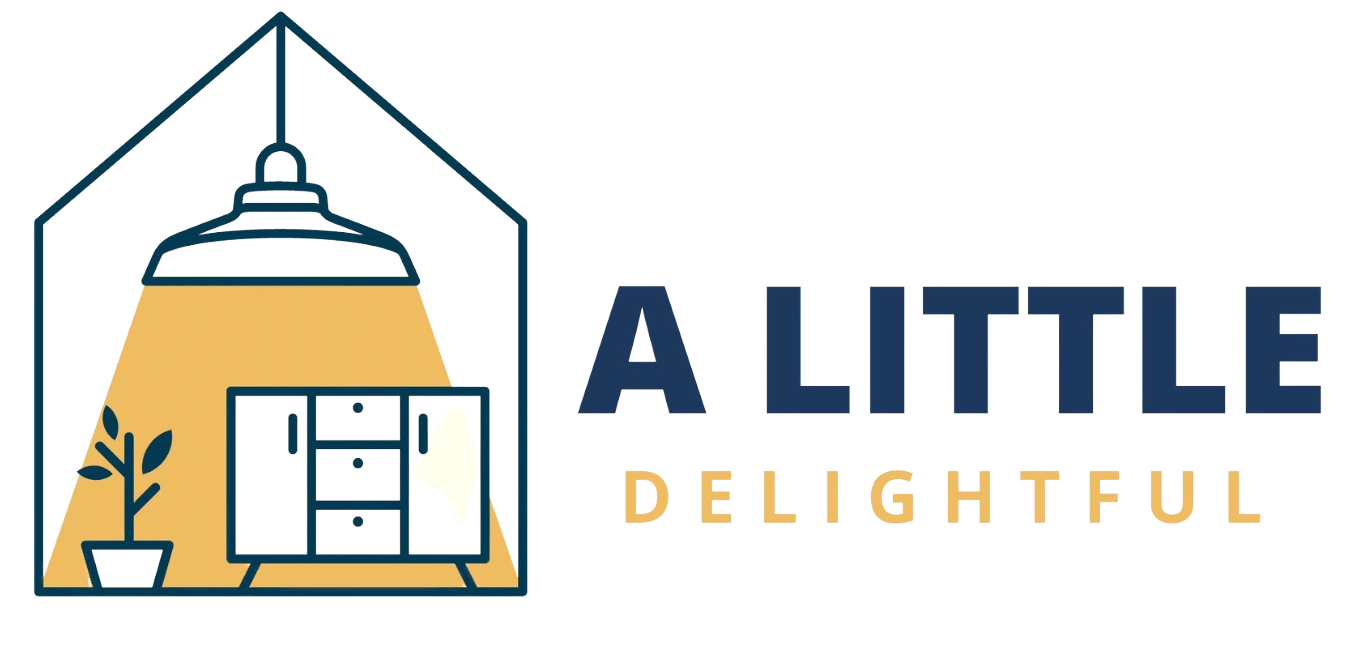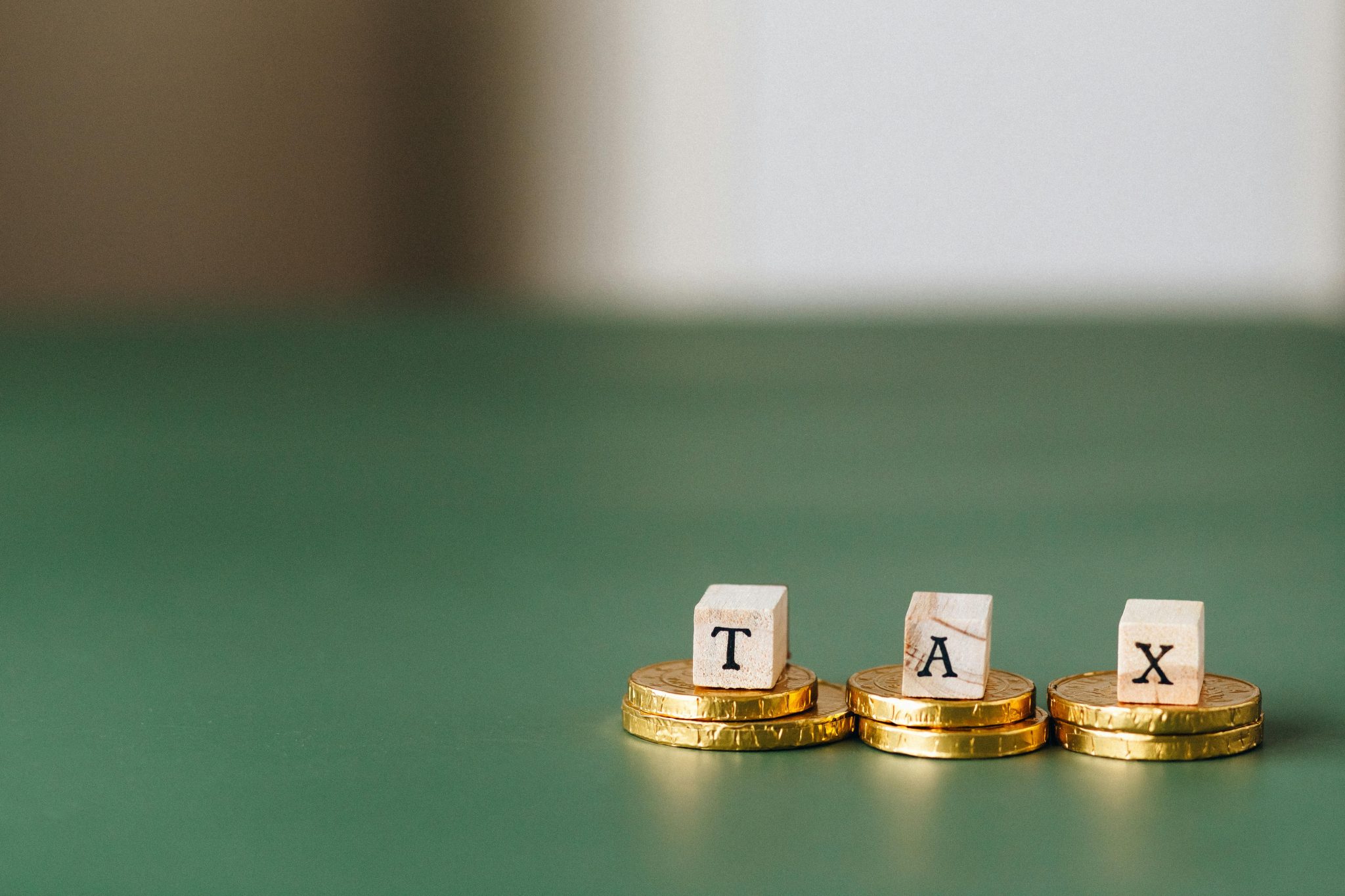Capital gains tax can take a noticeable bite out of your investment earnings. When assets grow in value and are sold, the profit may be subject to taxes that reduce your earnings. While paying taxes is unavoidable, there are steps you can take to reduce how much you owe.
By planning carefully, you can hold on to more of the money you worked hard to earn. This requires a smart approach that aligns your goals with the rules around taxation. Many people benefit from using tax strategies from EP Wealth Advisors to create a plan that works for their situation.
Understanding how different strategies can be applied will help you make informed choices that protect more of your investment gains. With the right approach, managing capital gains does not need to feel overwhelming.
Timing the sale of assets
The length of time you hold an investment makes a difference in how it is taxed. Short term gains, which come from assets sold within a year, are taxed at higher ordinary income rates. Long term gains, from assets held for more than a year, often receive lower tax rates.
Being mindful of timing when selling investments can create meaningful savings. If you wait to sell until your gains count as long-term, you could owe less in taxes. This timing can be one of the easiest ways to keep more of your earnings.
Using losses to offset gains
Not every investment increases in value. When an asset is sold at a loss, that loss can be used to offset taxable gains from other investments. This process helps reduce the amount of tax owed by balancing profits with losses.
If losses exceed gains, some of the remaining loss can often be applied against ordinary income up to a certain limit. The rest may be carried forward to future years. This strategy is a practical way to soften the impact of gains and create more balanced results over time.
Considering retirement accounts
Placing investments inside retirement accounts such as IRAs or 401(k) plans can help shield gains from immediate taxation. In these accounts, gains may grow tax deferred, which means you do not pay taxes until the money is withdrawn.
For Roth accounts, qualified withdrawals may even be tax free. Using these vehicles allows investors to manage growth without facing yearly capital gains tax bills. It can also help create a stronger plan for retirement while reducing short term tax concerns. This strategy is often viewed as a foundation for long term financial planning.
Donating appreciated assets
Charitable giving can also reduce capital gains tax liability. By donating investments that have increased in value, you avoid paying taxes on the gains while also receiving a potential charitable deduction. This approach helps support causes you care about while lowering your tax bill.
It is an effective way to turn financial growth into both personal and community benefit. For investors with highly appreciated assets, charitable donations can be a meaningful and strategic choice. Giving in this way provides both financial and emotional rewards.
Reviewing your plan regularly
Tax rules can change, and so can your financial goals. That is why it is important to review your strategy often. What worked one year may not be the best option the next. A regular review helps you stay aligned with both your personal needs and any new laws.
Working with a professional can also ensure you identify opportunities to reduce your liability. Staying consistent with reviews keeps your plan strong and effective over time. Reducing capital gains tax liability requires planning and attention to detail.
Timing asset sales, using losses wisely, and leveraging retirement accounts are all strategies that can make a difference. Donating appreciated assets and reviewing your plan regularly also help create a balanced and thoughtful approach. By applying these methods, you can reduce the burden of taxes while keeping more of your financial growth. With the right plan, managing capital gains can build lasting financial growth.








